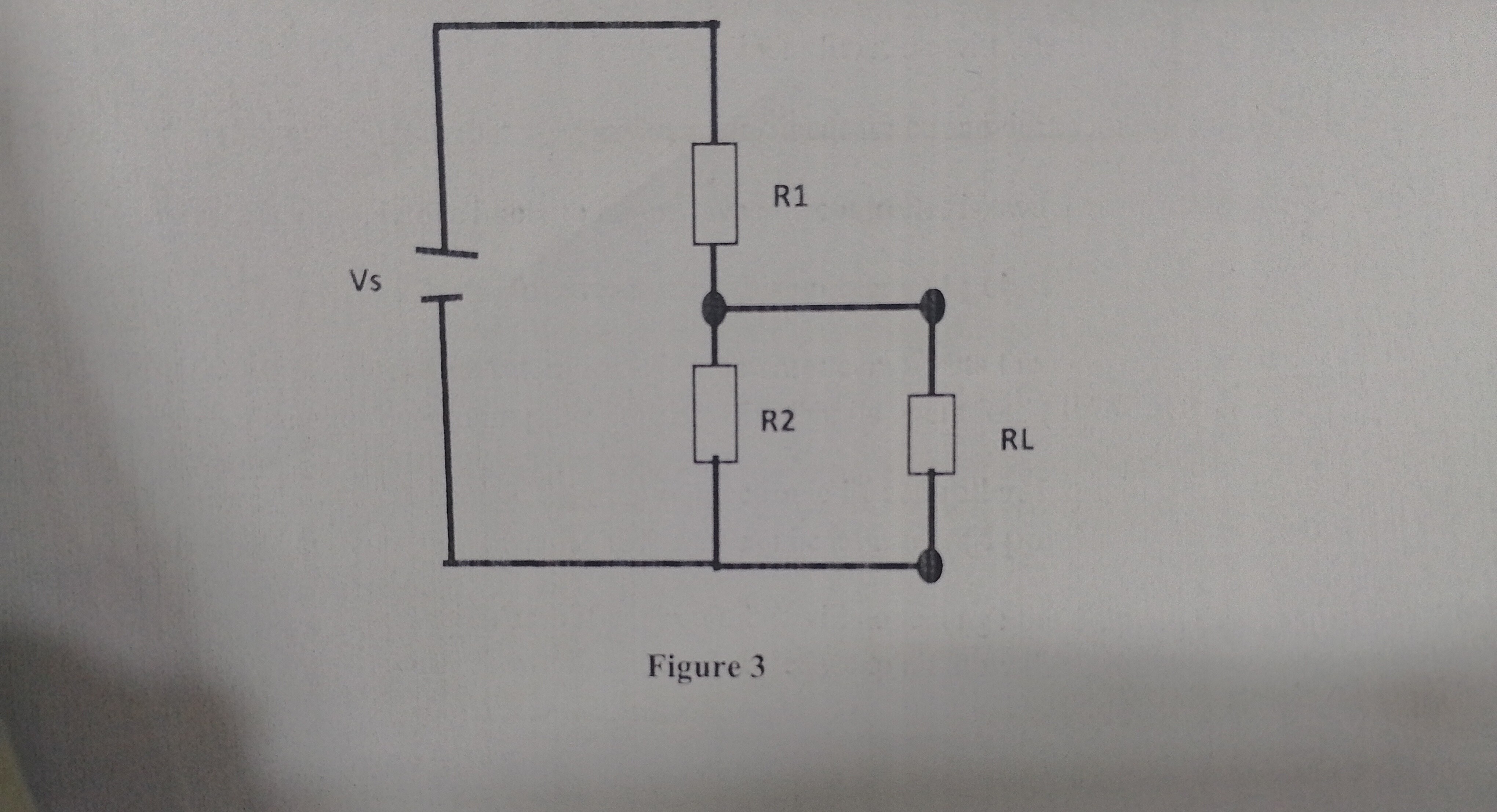Understanding Operational Amplifier Circuits An Introduction to Circuit Diagram The circuit operates from a dual supply +Vcc and -Vee which ensures a constant supply. The voltage that appears at the output, Vout of the amplifier is the difference between the two input signals as the two base inputs are in anti-phase with each other. So as the forward bias of transistor, TR1 is increased, the forward bias of transistor TR2 is reduced and vice versa.

An op-amp has two inputs, an inverting terminal (labeled „-") and a non-inverting terminal (labeled „+"). And has a single output. The first input is called inverting because the output voltage is inverse of the voltage applied at the inverting input, times the gain of the amplifier circuit.If we apply the signal to the non-inverting input we get the same signal on the output, times gain.

Ultimate Guide to Op Circuit Diagram
Offset voltage: The DC voltage that, when applied between the input pins, will cause a DC output voltage of zero. If both inputs were grounded, the output voltage of the op-amp would not be zero. Slew rate: The time taken for the output to change for a given input.Specified as V/mS. Equivalent input noise voltage: The noise performance of the op-amp. An ideal voltage source is placed in series

Operational Amplifier Circuits Review: Ideal Op-amp in an open loop configuration Ro Ri + _ Vp Vn Vi + _ AVi + Vo Ip In An ideal op-amp is characterized with infinite open-loop gain A→∞ The other relevant conditions for an ideal op-amp are: 1. Ip =In =0 2. Ri =∞ 3. Ro =0 Ideal op-amp in a negative feedback configuration When an op-amp Operational amplifiers (op amp) are linear devices that have all the properties required for nearly ideal DC amplification and are therefore used extensively in signal conditioning or filtering or to perform mathematical operations such as adding, subtracting, integration, and differentiation. The purpose of this article is to present 10 basics circuits for newcomers to electronics designs and

Operational Amplifier Basics Circuit Diagram
The circuitry that makes up an op-amp consists of transistors, resistors, diodes, and a couple capacitors. In general, these components are combined to achieve within the op-amp two stages of differential amplifiers and a common-collector amplifier. [1] In an effort to simplify the operational amplifier, one must not forget that the

